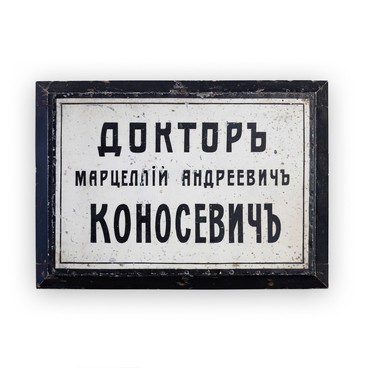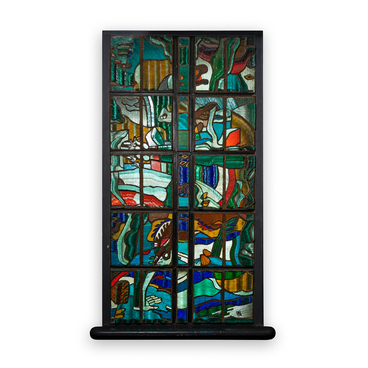The exhibition of the Museum of Far East History shows military uniforms of foreign countries: the USA, Canada, and Japan, which took part in the military intervention in the Russian Far East during the Civil War of 1918–1922.
The formal reason for intervention was to assist in the evacuation of the Czechoslovak Legion from Vladivostok. Representatives of the Entente were also concerned about the prospect of seizure of significant stocks of arms and military property, accumulated in warehouses in Vladivostok. According to the agreement between the Japanese government and the British Foreign Minister Arthur Balfour, it was Japan that was assigned the main role in establishing control over the Trans-Siberian Railway. On February 18, 1918 the Supreme Council of the Entente decided to occupy Vladivostok and Harbin, as well as the zone of the Chinese Eastern Railway by Japanese troops. On January 13, 1918 the Japanese Cabinet adopted “new principles of the political course of Japan”, according to which Russia was to be deprived of sovereign rights to the territory of the Far East.















